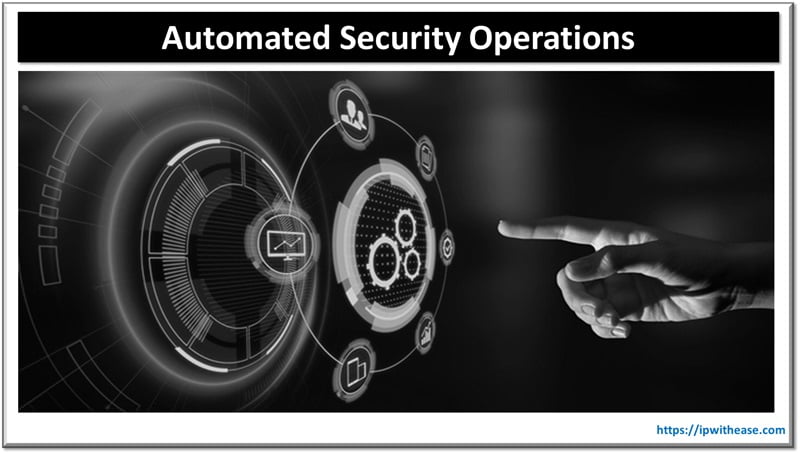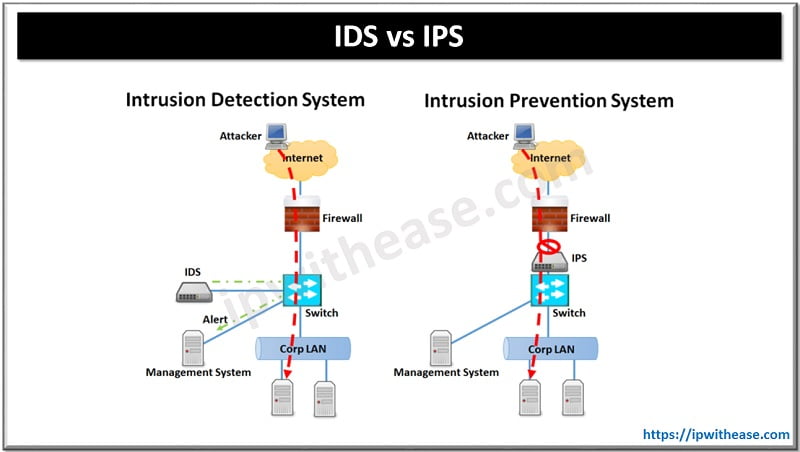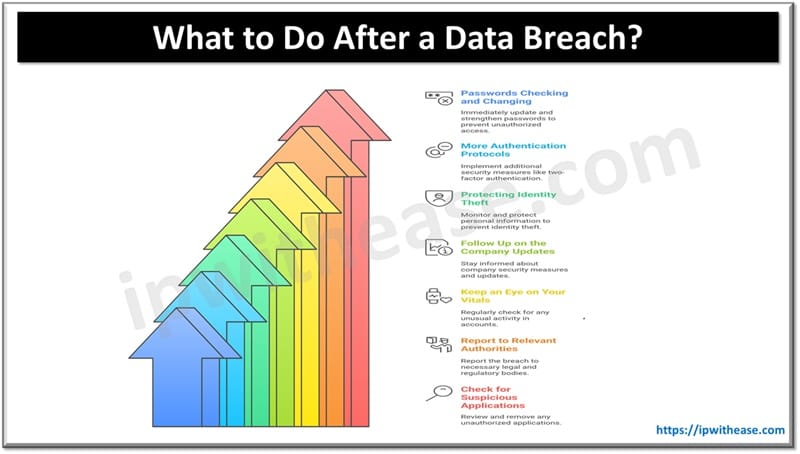Table of Contents
In today’s digital age, where businesses rely heavily on technology, cybersecurity has become more critical than ever. Protecting sensitive data and systems from cyber threats is a top priority for organizations of all sizes. However, with the increasing complexity and volume of cyber attacks, traditional methods of managing security are no longer sufficient. This is where automated security operations come into play, offering a powerful solution to enhance both efficiency and effectiveness in safeguarding digital assets.

Understanding Automated Security Operations
Automated security operations refer to the use of technology and algorithms to streamline and optimize cybersecurity processes. These operations leverage machine learning, artificial intelligence (AI), and other advanced technologies to detect, analyze, and respond to security incidents in real-time. By automating routine tasks and decision-making processes, organizations can reduce human error, improve response times, and strengthen overall security posture.
Key Components of Automated Security Operations
- Threat Detection and Monitoring: Automated tools continuously monitor networks, endpoints, and applications for suspicious activities or anomalies. These tools can detect potential threats such as malware infections, unauthorized access attempts, and unusual data transfers.
- Incident Response Automation: When a security incident is detected, automated systems can initiate predefined response actions. This includes isolating compromised systems, blocking malicious IP addresses, and alerting cybersecurity teams for further investigation.
- Vulnerability Management: Automated vulnerability scanners identify weaknesses in systems and applications, enabling organizations to proactively patch and remediate vulnerabilities before they can be exploited by attackers.
- Compliance and Audit Automation: Automated tools assist in maintaining regulatory compliance by continuously monitoring security controls and generating reports for audits. This ensures that organizations adhere to industry standards and regulations.
- Security Orchestration and Automation: Security orchestration platforms integrate disparate security tools and technologies, allowing for streamlined workflows and automated incident response across the entire security infrastructure.
Benefits of Automated Security Operations
Implementing automated security operations offers numerous benefits to organizations:
- Improved Efficiency: Automation reduces the manual effort required to manage cybersecurity operations, allowing security teams to focus on strategic tasks and threat hunting.
- Faster Incident Response: Automated detection and response capabilities enable organizations to respond to security incidents in real-time, minimizing potential damage and downtime.
- Enhanced Accuracy: By eliminating human error in routine tasks like patch management and configuration changes, automation improves the accuracy and reliability of security operations.
- Cost-Effectiveness: Although initial setup costs may be involved, automated security operations can lead to long-term cost savings by reducing the need for extensive manual intervention and mitigating the impact of cyber incidents. To delve deeper into how these efficiencies are achieved, exploring the impact of automating security operations on system and team performance can provide valuable insights.
- Scalability: Automated systems can scale to accommodate the growing volume and complexity of cyber threats without a proportional increase in resources, making them suitable for both small businesses and large enterprises.
Challenges and Considerations
While automated security operations offer significant advantages, they also present certain challenges and considerations:
- Complexity of Implementation: Deploying automated security solutions requires careful planning and integration with existing IT infrastructure and workflows.
- Skill Requirements: Organizations may need to invest in training or hiring personnel with expertise in cybersecurity automation and orchestration.
- Integration Issues: Ensuring compatibility and seamless integration between different security tools and platforms can be challenging.
- Risk of False Positives: Automated systems may generate false positive alerts, which can lead to wasted resources and unnecessary disruption if not properly managed.
Case Studies and Examples
Several organizations have successfully implemented automated security operations to enhance their cybersecurity posture:
- Company A: Implemented an automated incident response platform that reduced response times to security incidents by 50%, enabling faster containment and remediation.
- Company B: Utilized automated vulnerability management tools to scan and patch vulnerabilities across their network, reducing the risk of exploitation and improving overall system security.
- Company C: Integrated a security orchestration platform to streamline workflows and automate routine security tasks, freeing up their cybersecurity team to focus on proactive threat hunting.
Future Trends in Automated Security Operations
Looking ahead, the field of automated security operations is expected to evolve with advancements in AI, machine learning, and cloud-based security solutions. Key trends include:
- Predictive Analytics: AI-powered analytics will enable organizations to predict and prevent security threats before they occur, based on historical data and patterns.
- Cloud Security Automation: As more businesses transition to cloud-based environments, automated security solutions tailored for cloud infrastructures will become increasingly important.
- Zero Trust Security: Automated tools will play a crucial role in implementing zero trust principles by continuously verifying identities and enforcing access controls based on dynamic risk assessments.
Conclusion
Automated security operations represent a paradigm shift in cybersecurity, offering organizations the ability to detect, respond to, and mitigate cyber threats more efficiently and effectively. By leveraging advanced technologies and automation, businesses can strengthen their defenses against evolving cyber threats while optimizing resource utilization and operational efficiency. As the cybersecurity landscape continues to evolve, investing in automated security operations will be crucial for maintaining a proactive and resilient security posture in an increasingly digital world.
ABOUT THE AUTHOR
IPwithease is aimed at sharing knowledge across varied domains like Network, Security, Virtualization, Software, Wireless, etc.



